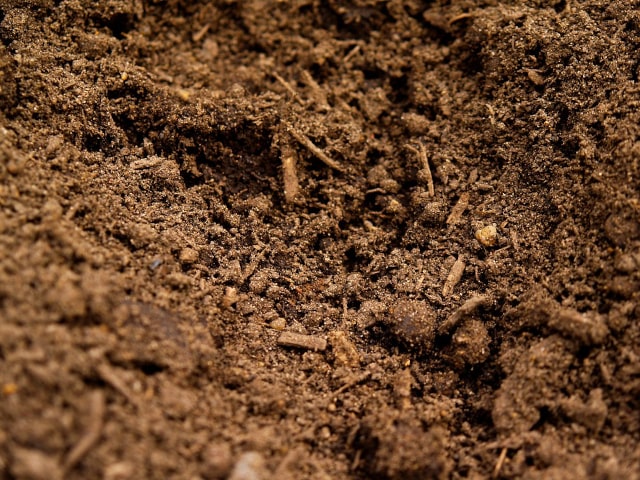
If you want to be a successful gardener, you need to know more about the soil. It's more than just dirt: it's actually a living, breathing organic component. It plays an important role in the environment and it helps produce all those healthy plants you can grow in your garden. Healthy soil means healthy plants with strong root systems. This is why it's vital that you always have the healthiest possible soil in your garden.
Another important thing about healthy soil is that it can reduce the need for fertilization, as well as products such as insecticides or weed killers. Building and developing your garden soil, as well as improving it is a serious thing and often an investment. However, it sure pays out in the long run. This is why all gardeners need to inform themselves about soil properties and how to improve their soil to give the best results.
Soil Texture
There are some important components of healthy soil you need to build and maintain for the sake of your plants and the whole environment. One of them is texture. Soil texture is probably the most important thing about the soil. What we see as soil is actually a collection of differently-sized mineral particles. The soil texture constitutes of the relative amounts of each of these differently sized particles. Generally speaking, there are 3 main soil types all gardeners need to know about: sandy soils, silty soils and clay soils. Each of these soils has its advantages and disadvantages.
Sandy soils have a very gritty texture. Their particles are relatively large, which results in larger spaces between particles. This ensures faster drainage and easy root penetration for water. They can be worked easily and they ensure plant health because of the good drainage (drainage prevents soil borne diseases). However, the downside is that these soils can't hold water and nutrients well. This is why they require frequent watering and fertilization.
Silty soils are easy to recognize for their silky feel under the fingers. These soils never clump, but it also means they are very susceptible to erosion. They take time to warm up in the spring and are very difficult to cultivate when wet. One of the advantages is that they can be worked easily. They also keep water and nutrients much better than sandy soils.
Clay soils can be almost cement-like when they are dry. They drain up slowly and this is why they should never be cultivated when wet. One of the main downsides to these soils is that they compact easily and they are very difficult to work. The advantage of these soils is that they can hold water and nutrients well. This makes them needing less frequent watering and fertilization than the other soil types.
There is also ideal soil texture, and it has its name: loam. Loam consists of a mixture of about 30%-40% sand, 30%-40% silt and about 8%-28% clay. This mix has all the combined advantage of all the soil texture types, with minimal disadvantages. Loam has good aeration and excellent drainage, it holds nutrients well and it's easy to work. The only problem is that it rarely occurs on its own so it has to be man-made.
Soil Testing: Texture
In order to be able to use your soil to the fullest, it's very important to determine its texture type. It means you have to perform a quick soil test. Identifying soil texture type is not so difficult and you can do it pretty quickly. All you need to do is to squeeze a handful of moist dirt in your hand. Observe what happens. If it forms a ball then it's definitely not sandy, and if it makes the ball that doesn't crumble easily apart, you most likely have a slay soil.
This is good for a basic test, but to get more accurate results, you should to the so-called "glass jar test". To perform this test, you need to get a container and collect small soil samples from various parts of your yard. To get the samples, dig about 5 or 6 small holes, about 6 inches deep. Cut a long slide of soil from the side of each hole to obtain your sample.
Take all of these samples and mix them together. Put about 1c. of this mix inside a glass jar. Make sure to remove any pebbles, plant parts of sticks. Fill the rest of the jar nearly to the top with water. Shake or stir well.
After this, put the jar somewhere where it won't be disturbed. Allow to settle for about 24 hours. During this time, you will notice layers beginning to form. The bottom layer will be filled with heaviest particles - sand. The middle layer will have silt and the top layer will have the finest particles - clay.
To determine the texture of your soil, you need to calculate the percentage of each layer in the soil. To do this, carefully measure the height of each layer and divide total height into the height of one layer. Multiply the results with 100. The thickest layer determines the dominant texture of your garden soil. The calculation will give the exact numbers and percentages (for example, 60% sand, 20% silt, 20% clay - obviously, this is a sandy soil).
Now that you know your soil's texture, you might want to improve it to make it ideal for your plants. The easiest and most effective way to do it is to add plenty of organic matter to it. Organic matter will help a sandy soil retain moisture for nutrients, while in silty soils this matter will help prevent erosion and in clay soils, organic matter will help improve drainage and aeration.
The most effective way to improve your soils texture is to add plenty of organic matter. Organic matter helps sandy soils to retain moisture and nutrients; for silty soils it helps the soil to stick together better reducing erosion; for clay soils it helps to improve aeration and drainage.
Soil Structure
Another important think to pay attention to is soil structure. This is about how a soil hands together. The best soil structure is loose clods and crumbs. To test it, perform the similar squeeze test like you did for texture. Ideally, soil should form a loose ball, but it should break apart with a light tap.
This kind of soil structure will provide ideal porosity, regardless of your soil texture. That's something you should keep in mind. Soils which have very good structure will be able to absorb more rain water and dry freely. This means that all of the plant roots as well as soil organisms will be able to move through the soil easily.
Actually, there is a very important connection between organic matter and soil organisms. This is the main agent of good soil structure. As the organic matter is broken down by earth worms and microorganisms, small air pockets are created inside soil. At the same time, the decomposing matter is turned into a special, gelatinous substance. It can serve to hold soil particles together. Plant roots and fungi also play important role. They push soil particles together as they push through the soil during their growth. Roots and fungi also make gummy substances that will help holding particles together.
To make and maintain good soil structure, there are several things you can do. For example, you should cultivate your soil only when it moist (but not wet!). Or you may apply a layer of mulch to prevent compaction from happening. Another thing you can do is to minimize roto tilling and other forms of heavy cultivation - remember, tilling may seem like a good idea but it will actually only disturb the soil. Roto tillers kill soil's microorganisms and organisms, an they break up even the desirable soil crumbs. To improve soil structure, you have also add compost and manure regularly. Even growing green manure is beneficial, so you should consider it. Green manure is a crop grown specifically for this purpose: to turn it under to give the soil more organic matter.
Soil Testing: Structure
To test your soil's texture, take a shovel a dig a hole about 1 foot in depth. You should examine the soil carefully. Does the removed soil consist of small, 1/2 inches crumbs and larger clumps that break apart easily? If yes, it's a good sign - that's a good soil structure. Is the soil easy to dig or is it crusted on the top? Does it have compacted lower down? If yes, it indicated poor soil structure.
Another quick and handy test is to determine the stability of your soil. Stability basically indicates how well the soil crumbs remain crumbly. Place a handful of soil into two glasses. Pour water into one carefully to cover the soil. In case the crumbs hold together when they are wet, it indicated a stable soil structure.
Photo credit: Elvis Ripley
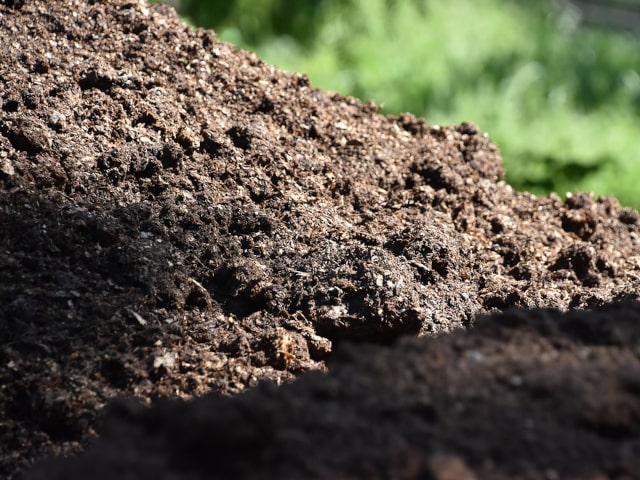
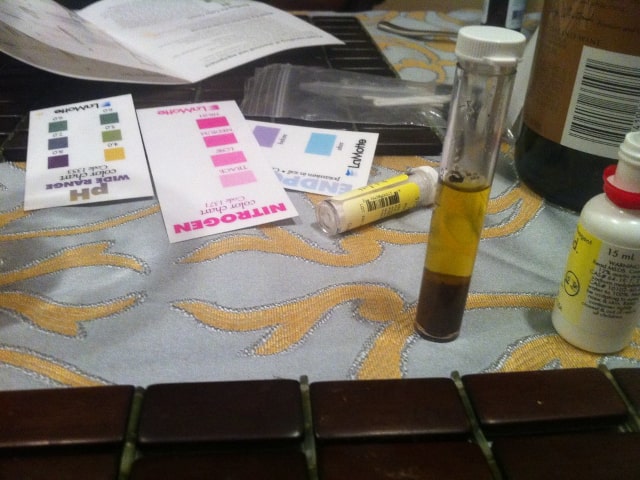
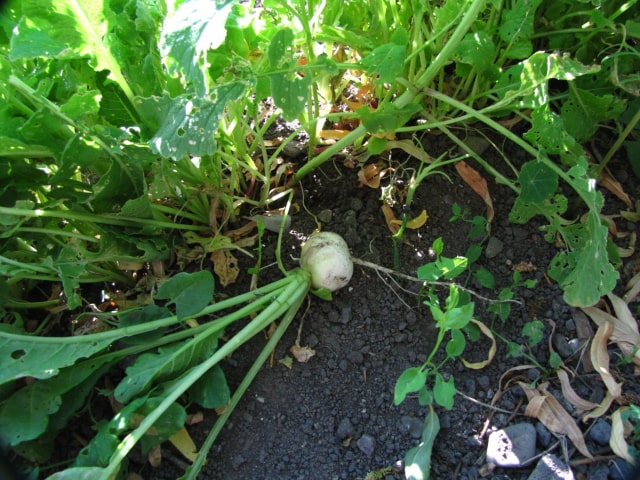
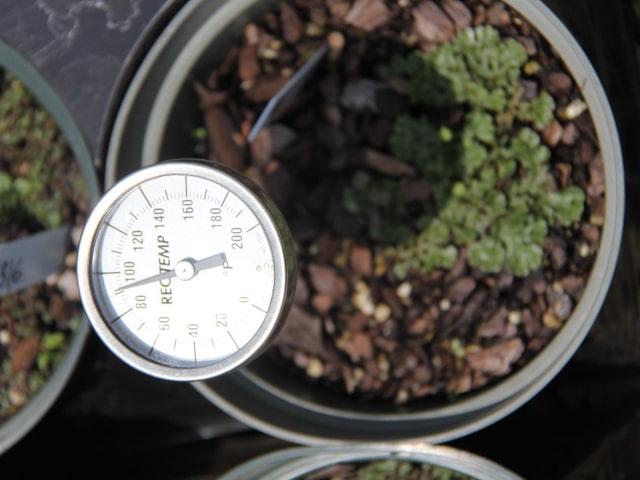
0 Comments